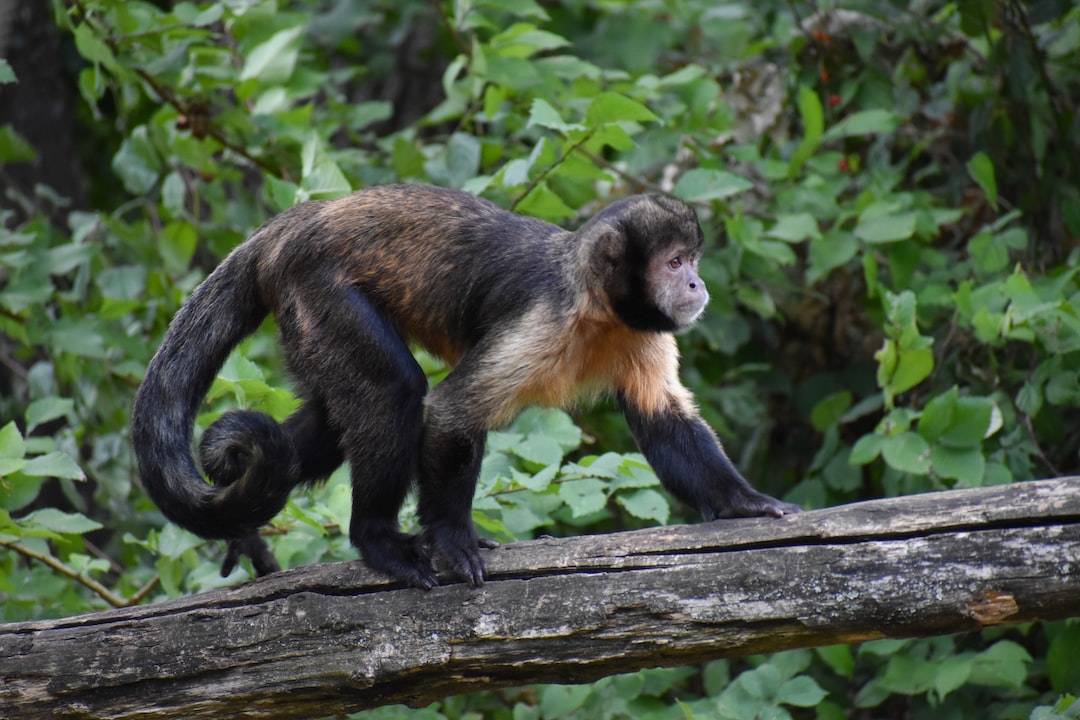Saving the World’s Largest Land Mammals: The Plight of Elephants
Elephants, with their majestic presence, iconic tusks, and intelligent nature, have captured the hearts and imaginations of people for centuries. Revered in many cultures as symbols of wisdom, strength, and good luck, elephants have always held a special place in the natural world. Sadly, their future hangs in the balance due to a multitude of threats, making it imperative for us to step up our efforts to protect and save these incredible creatures before it’s too late.
Habitat loss is by far one of the most significant factors contributing to the decline of elephant populations worldwide. As human populations continue to expand, so does the need for land for agriculture, infrastructure, and urban development. This encroachment into elephant territories has devastating consequences, leading to fragmented habitats, increased human-elephant conflicts, and isolation of elephant populations. The loss of critical migration and foraging routes has severe implications on their ability to find food and water, reproduce, and maintain social structures within their communities.
Illegal poaching for ivory remains another catastrophic threat to elephants. Despite international efforts to ban the ivory trade, the demand for ivory products continues to fuel poaching activities, particularly in Africa. Each year, thousands of elephants are ruthlessly killed for their ivory, leaving behind traumatized herds and orphaned calves in their wake. The illegal ivory trade not only decimates elephant populations but also contributes to the funding of criminal syndicates and armed groups engaged in other illegal activities, such as trafficking in drugs and weapons. The continued poaching crisis highlights the urgent need for increased enforcement, stricter penalties, and public awareness campaigns to reduce demand and combat this illegal trade.
In addition to habitat loss and poaching, climate change poses a significant, yet often overlooked, threat to elephant survival. Rising temperatures, prolonged droughts, and shrinking water sources are altering landscapes and impacting the availability of food and water for these gentle giants. Changing rainfall patterns disrupt their traditional migratory routes, further exacerbating the scarcity of resources. The ability of elephants to adapt to these environmental changes is limited, making them vulnerable to malnutrition, dehydration, and diseases. Conservation efforts must include initiatives to address climate change and protect the remaining habitats from further degradation.
Efforts to save elephants are not limited to wildlife reserves and protected areas. Local communities play a crucial role in successful elephant conservation. Empowering and engaging communities living alongside elephant habitats is key to mitigating human-elephant conflicts. Implementing innovative solutions, such as using beehive fences to deter elephants from crops or creating compensation programs for farmers affected by crop damage, can help foster coexistence between people and elephants. Education and awareness programs are also vital in promoting understanding and appreciation for these magnificent creatures, instilling a sense of responsibility and commitment towards their protection.
International collaborations and cooperation are essential to combat the illegal wildlife trade, protect elephant habitats, and enforce strict regulations against ivory trafficking. Organizations like the Convention on International Trade in Endangered Species of Wild Fauna and Flora (CITES) play a central role in ensuring the preservation and sustainable use of biodiversity, including elephants. Governments, NGOs, and individuals must work together to address the root causes of the threats elephants face and develop long-term strategies that prioritize their welfare and survival.
In recent years, there have been encouraging success stories in elephant conservation. From countries like Kenya and Namibia, where dedicated conservation efforts have shown promising results in protecting and increasing elephant populations, to initiatives aimed at reducing ivory demand through public awareness campaigns, there is hope for elephants. However, the battle is far from won, and continued efforts are required to ensure the long-term survival of these magnificent animals.
Saving the world’s largest land mammals is not just about preserving a species; it is about protecting the ecological integrity of our planet. Elephants play a vital role in maintaining healthy ecosystems by shaping landscapes, dispersing seeds, and providing habitats for numerous other species. Their disappearance would have far-reaching consequences, upsetting the delicate balance of nature.
In conclusion, elephants are facing a daunting battle for survival. Habitat loss, illegal poaching, and climate change pose grave threats to their existence. It is our collective responsibility to rise to the challenge and take immediate action to safeguard these majestic creatures. Through stronger legislation, international cooperation, community involvement, and raising awareness, we can contribute to saving the world’s largest land mammals and ensure a future where humans and elephants can coexist harmoniously. Let us come together and protect these magnificent giants before their mesmerizing presence fades from our world forever.

